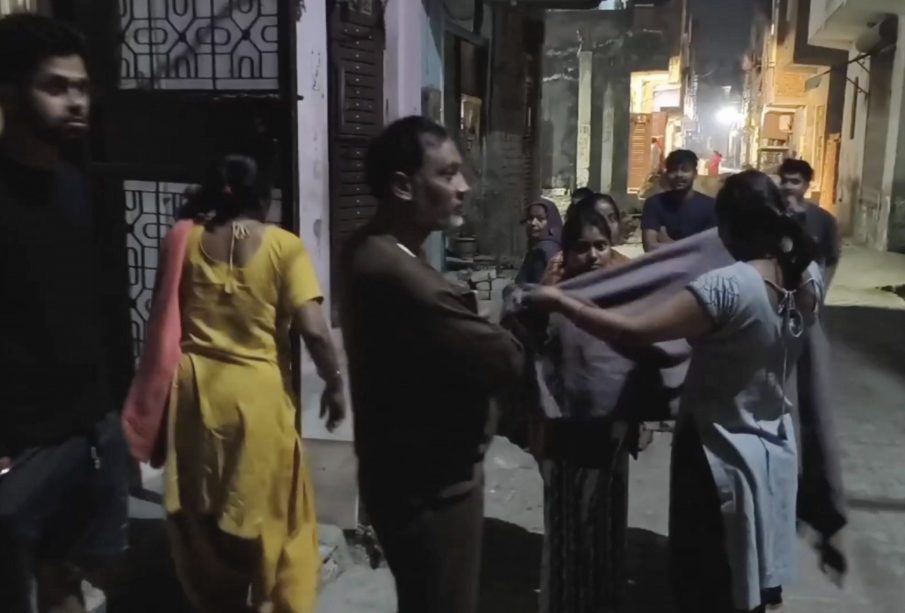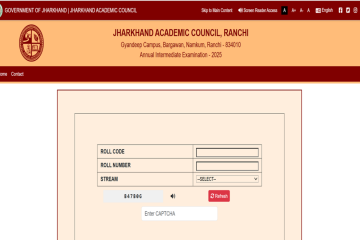Recent Bhukamp in Delhi: What You Need to Know

Introduction
On October 28, 2023, Delhi was shaken by a notable bhukamp (earthquake), measuring 4.9 on the Richter scale. This event reminded citizens of the importance of earthquake preparedness in a city prone to seismic activities. The earthquake’s epicenter was located 40 kilometers northwest of the national capital, highlighting the region’s vulnerability to geological shifts. Understanding the implications and responses to such natural disasters is crucial for the safety of millions living in the expansive urban landscape of Delhi.
Details of the Event
The earthquake struck at approximately 2:15 PM, and tremors were felt across multiple areas of Delhi, including prominent districts like South Delhi and Connaught Place. People reported feeling the ground shake, prompting many to evacuate buildings and gather in open spaces for safety. Fortunately, the earthquake was relatively shallow, occurring at a depth of just 10 kilometers, which intensified the tremors felt on the surface.
In the immediate aftermath, the disaster management team of Delhi was promptly activated. Emergency protocols swung into action as local officials circulated timely updates, urging residents to stay calm and check for safety in their surroundings. Social media channels were flooded with updates and tips on how to stay safe during seismic activities, emphasizing the importance of community awareness.
Response from Authorities
The National Disaster Management Authority (NDMA) quickly released a statement expressing that there were no immediate reports of significant damage or casualties. Local hospitals were put on high alert, and emergency services were ready to respond to any incidents. Additionally, the earthquake highlighted the ongoing efforts of the government to enhance infrastructure resilience and ensure that high-rise buildings are equipped with earthquake-resistant technologies.
Conclusion
The recent bhukamp in Delhi serves as a crucial reminder of the city’s geographic vulnerabilities and the need for ongoing preparedness. While this event has concluded without major devastation, it underscores the necessity for individuals and communities to remain vigilant and informed about safety protocols. Enhanced public education on earthquake readiness, combined with robust governmental preparedness strategies, can greatly improve the resilience of Delhi in facing such natural challenges in the future.









